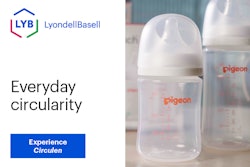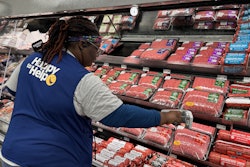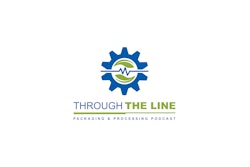An approved vendor list (AVL) is a document central to vendor management (for related reading, see “Packaging’s Vital Role in Vendor Management,” Packaging World, May 2021, or visit pwgo.to/7029). The centrality is simple: one has to have vendors first, in order to manage them.
An AVL indexes the vendors that are authorized to supply specified products (and/or services) to the subject buyer. To have practical value, an AVL must be regarded as an edict, deviations allowed only under extenuating circumstances. When what’s being supplied has to do with packaging, the establishment and management of that portion of an AVL pose a variety of challenges.
Any approved vendor only is as reliable as the approval process that it underwent. Approval criteria for packaging needs to be exacting, reflecting packaging’s multi-faceted roles in the manufacture, marketing, and distribution of goods. Although not to the exclusion of all other considerations, criteria always should involve price, quality, and performance. The three are interrelated and the relative importance of any one is application specific. For packaging that’s subject to stringent federal regulations, for example, quality and performance are non-negotiable. Nonetheless, the buyer should pursue price negotiations aggressively, but in good faith.
Because of the many inclusions that can fall under the rubric of packaging, its portion of an AVL can be quite populated, even for modest-sized companies. Keeping the list current requires the necessary additions and subtractions, as partnerships are formed and dissolved. Personnel within the buyer’s company also undergo additions and subtractions. Therefore, an inquiry into any vendor’s status never should be solely dependent on the recall of an employee.
Any AVL—as is true of all aspects of vendor management—should be computer-supported, software-driven, and accessible to all stakeholders throughout the buyer’s company. That advice speaks to form. A related matter is that of content, which is to ask, “what information should an AVL convey?” The answers lend themselves to who, what, when, where, and how.
A company name should be used to state who a vendor is. As obvious as that might seem, there are pitfalls to be avoided. In the case of a distributor, for example, the vendor is not necessarily the manufacturer. Regardless of whether the listed vendor is the manufacturer or an intermediary, it’s essential to list the name, phone number, email, etc., of a contact person.
What is procured from the vendor should be listed by description, and when applicable, by specification. When a vendor supplies different categories of items, an AVL should be able to convey that fact without being clunky. Another situation that an AVL should readily make clear is when a vendor supplies packaging that’s of the same type but is differentiated across the buyer’s brands. There are other possible combinations, but the point is that an effective AVL is one that can present them with at-a-glance clarity.
The when-issue can provide a variety of information. For example, it could relate to the history of the relationship, analogous to when a credit card states, “member since _ _ _ _.” Continuing the analogy, when the relationship is contractual, it’s important to have renewal dates readily accessible to those responsible for devising strategy.
Where the supplies are coming from (i.e., sourced) can present complications. Take the example of a supply chain wherein the vendor and the buyer have multiple facilities. There is utility not only in knowing who supplies whom, but also any allowed interchangeability/substituting. Another wrinkle is added when a vendor is foreign.
How supplies are received speaks to logistics, of course. However, the “how” also can relate to the manner by which a vendor does what is does, via technologies, procedures, policies, and the like—tangibles that play into how well the parties fit.
Given the vast variety of form and content that an AVL can take, priorities need to be set. All vendors need to be accounted for, but not equally. Best practices advocate classifying vendors as either critical, important, or useful—a continuum based on the impact a vendor has on the buyer’s operations. AVLs typically are multi-sectional. The basic information is presented upon landing on a vendor, and other information accessible via links. That way, stakeholders can navigate in accordance with their interests.
AVLs should be regarded as living documents and composed, maintained, and managed as such. That’s the sure-fire way to make the approved the improved.
PACK EXPO Las Vegas and Healthcare Packaging EXPO (Sept. 27-29, Las Vegas Convention Center) will reunite the packaging and processing community, offering new products, technologies and solutions, while implementing up-to-date protocols for a safe and successful in-person event. Attendee registration is now open.


























